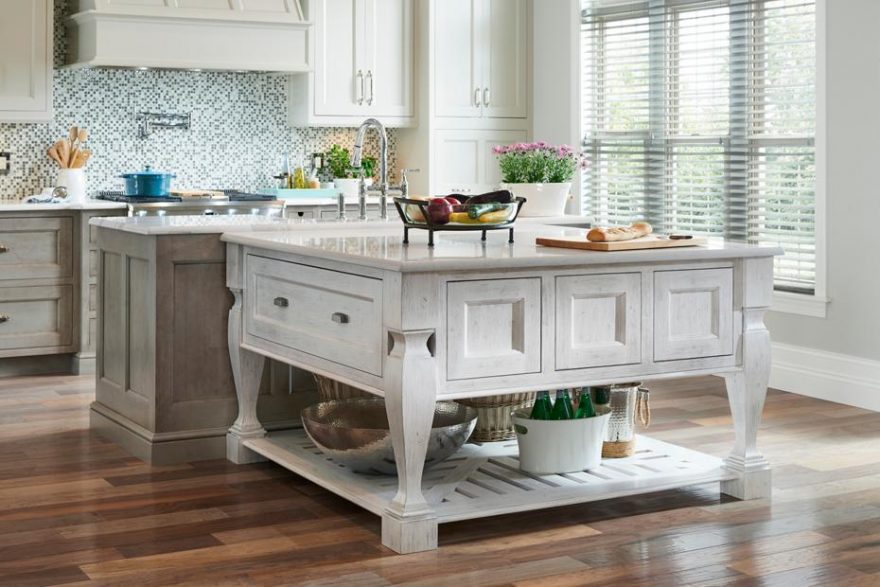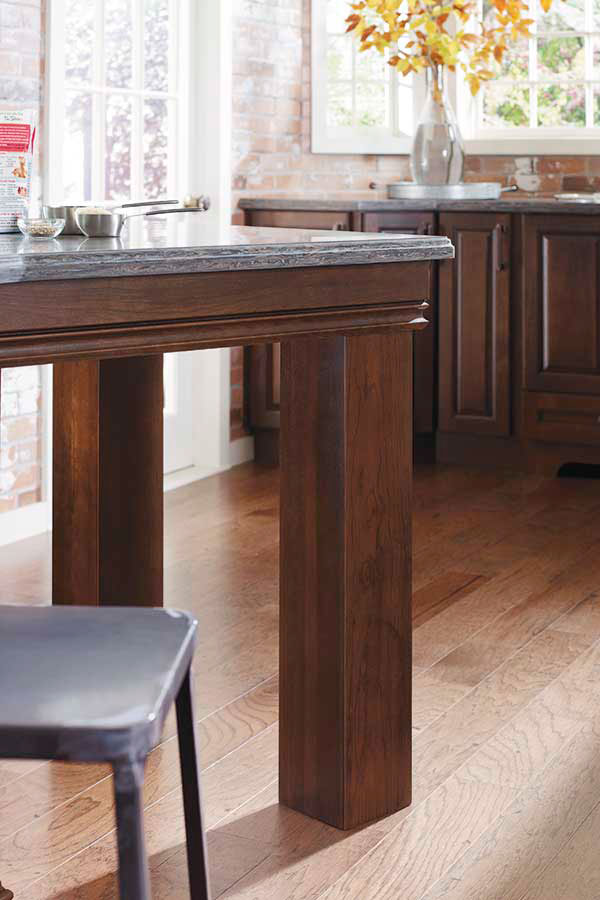Make Best Use Of Flexibility with Adjustable Legs For Kitchen Island Functions
Make Best Use Of Flexibility with Adjustable Legs For Kitchen Island Functions
Blog Article
Essential Aspects to Take Into Consideration When Choosing Legs For Kitchen Area Island
Selecting the suitable legs for a cooking area island includes a mindful assessment of several factors that can considerably affect both functionality and visual charm. As we discover these elements, it ends up being clear that each choice can have far-reaching ramifications for the total kitchen experience.
Product Options
When selecting legs for a kitchen area island, recognizing the various material choices is crucial for achieving both aesthetic appeal and architectural honesty (Legs For Kitchen Island). The choice of material considerably affects not just the durability of the island however also its overall design and performance
Steel legs, typically made from stainless steel or wrought iron, contribute a commercial and modern-day feeling while ensuring sturdiness and stability. These materials are immune to put on and can support considerable weight, making them perfect for larger islands.
Another option is crafted products, like MDF or plywood, which can be much more affordable while still providing a range of coatings. Nonetheless, they may not offer the same degree of stability as solid timber or metal. Materials such as acrylic or glass can develop a contemporary look, though they might need additional assistance to guarantee security.
Eventually, the selection of product for kitchen area island legs must align with the wanted functionality and the total style of the cooking area.
Design And Style

When considering style, the shape and coating of the legs are crucial. Tapered legs can provide a sense of lightness and beauty, while thicker, much more robust legs can convey strength and stability. In addition, the coating-- be it repainted, tarnished, or all-natural-- must match the cabinets and counter top materials to develop a unified appearance.
Additionally, the style of the legs can additionally show personal preference. Personalized or attractive legs, such as those featuring elaborate makings or one-of-a-kind geometric forms, can work as centerpieces, adding personality and character to the kitchen. Inevitably, the appropriate choice will certainly not just enhance functionality yet likewise elevate the visual charm, making the kitchen island a standout attribute of the home.
Height Factors To Consider
Choosing the proper height for kitchen area island legs is critical, as it directly affects both functionality and comfort. The typical height for a kitchen area island typically ranges from 36 to 42 inches, lining up with usual countertop heights.

It is also necessary to account for customers' heights and choices. Personalizing the height can make sure a comfortable experience for all member of the family, making the kitchen island a much more pleasurable and functional space.
Weight Assistance
Guaranteeing ample weight support for kitchen area island legs is crucial for both security and performance. The kitchen area island often serves multiple functions, consisting of cooking, dining, and added storage, requiring a durable support structure. When picking legs, it is important to take into consideration the general weight capability required based upon the island's planned use and the products that will certainly be put on it.
The option of product for the legs plays a substantial role in their weight-bearing abilities. Strong wood, metal, and durable compounds generally offer superior stamina contrasted to lighter products. Additionally, the design of the legs-- whether they are directly, tapered, or have a pedestal type-- can affect their capacity to distribute weight efficiently across the structure.
Always speak with hop over to here the producer's specifications regarding load restrictions to make certain that the legs can maintain the designated weight without compromising safety. In summary, picking cooking area island legs with sufficient weight support is important for developing a practical and safe cooking area.
Setup and Maintenance
Correct setup and maintenance of cooking area island legs are essential for making sure durability and security. To start, it is crucial to adhere to the producer's guidelines throughout installation. This often includes securing the legs to the try this website space station utilizing appropriate bolts, making sure that the legs are level and straightened. Utilizing a degree tool can aid stop tottering and improve the total aesthetic allure of the cooking area island.
When mounted, regular maintenance is essential to preserve the stability and look of the legs - Legs For Kitchen Island. For wood legs, regular cleansing with a wet cloth and application of appropriate timber gloss can avoid wetness damages and keep their finish. Metal legs might call for a gentle cleaning option to get rid of oil and grime, complied with by a completely dry towel to stop rust formation
Additionally, examine the legs on a regular basis for indicators of wear or damages, such as splits or loosened joints. Tightening up screws or bolts as needed can likewise extend the life expectancy of the legs. By adhering to these installation and try here maintenance practices, property owners can guarantee that their kitchen island remains sturdy and visually appealing for many years to find.
Final Thought

Visual coherence is critical in choosing the style and style of legs for a kitchen area island, as these elements considerably affect the total setting of the room. Conical legs can supply a feeling of agility and sophistication, while thicker, extra durable legs can share toughness and security.Selecting the suitable elevation for kitchen area island legs is critical, as it directly influences both performance and comfort. In summary, picking kitchen island legs with appropriate weight assistance is essential for producing a useful and risk-free cooking area.
In final thought, selecting legs for a kitchen area island necessitates careful factor to consider of different elements, including product alternatives, design, height, weight support, and installment.
Report this page